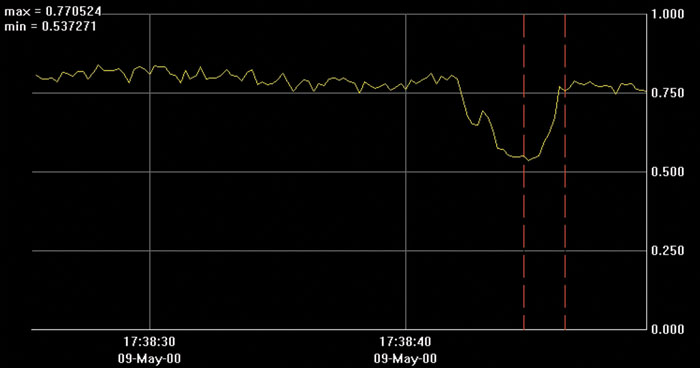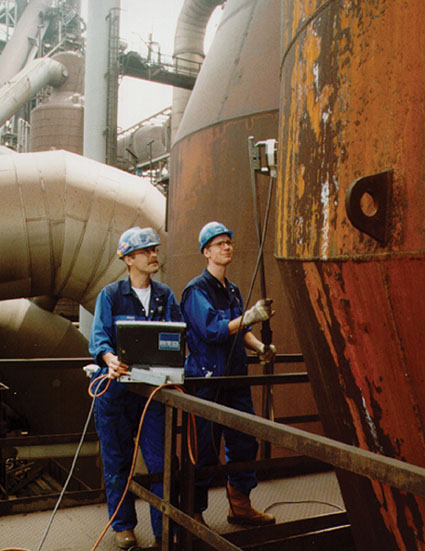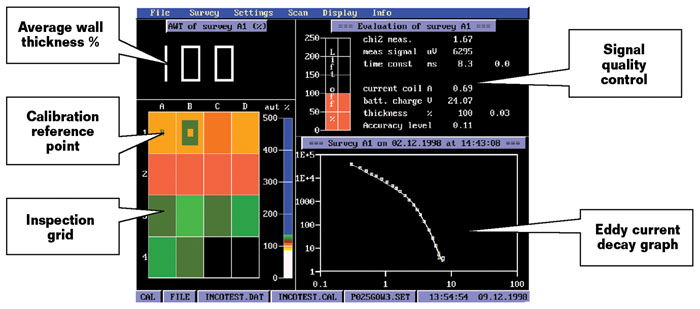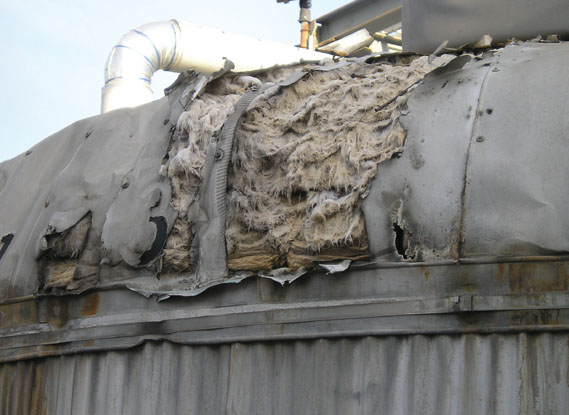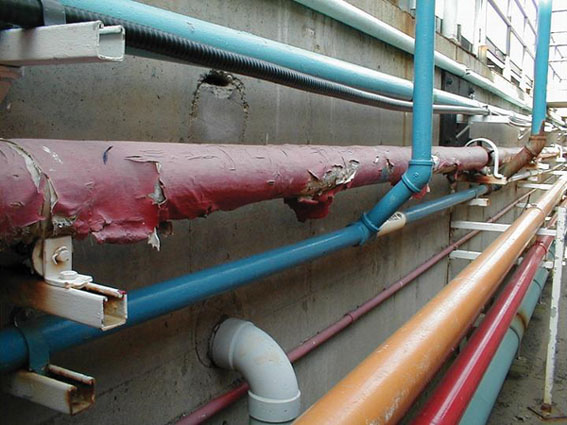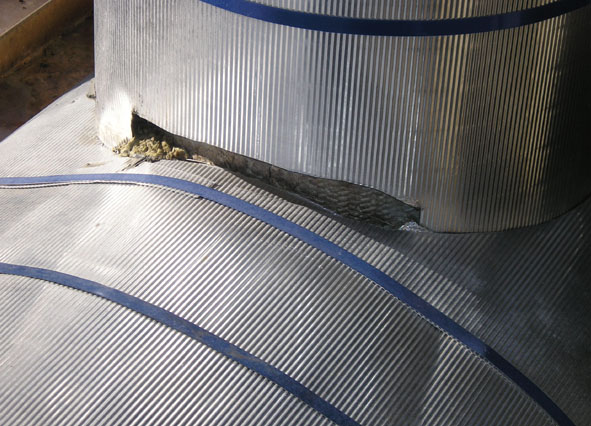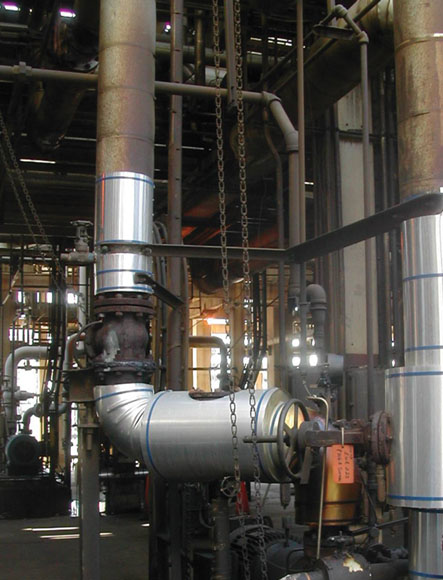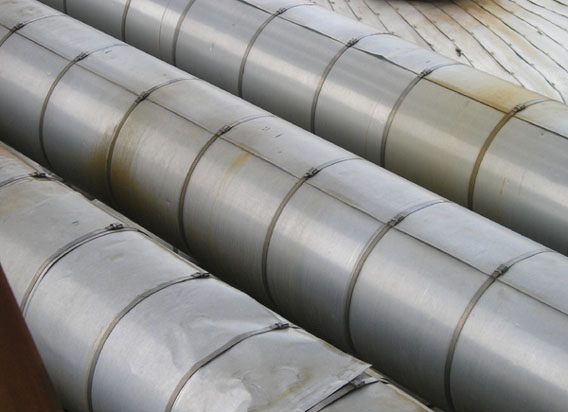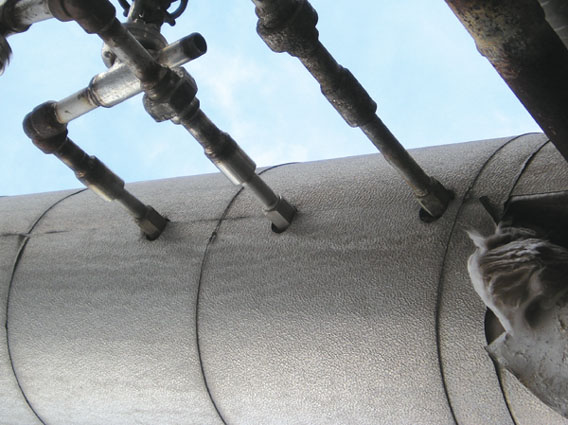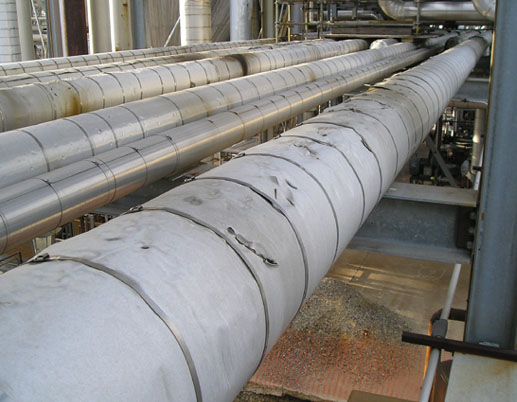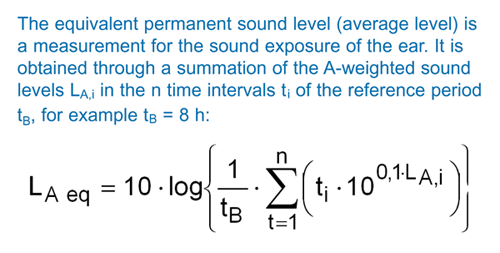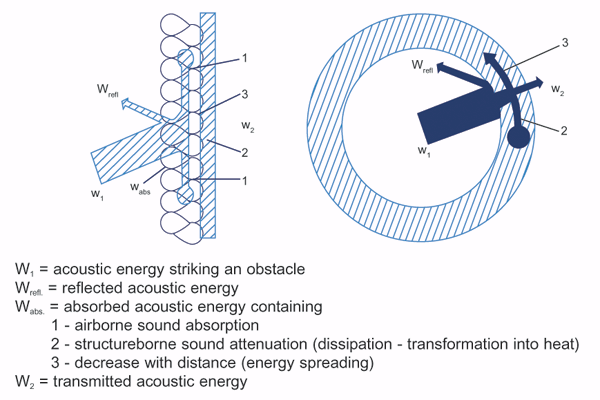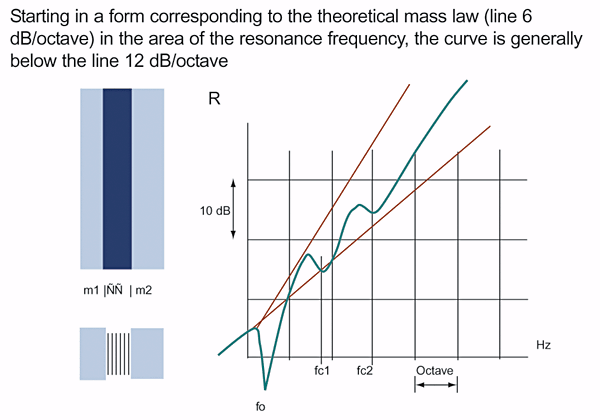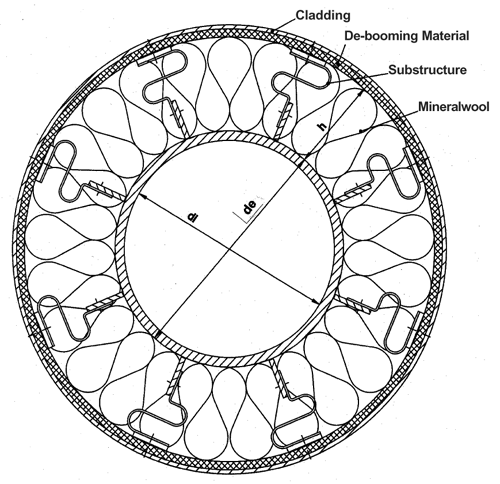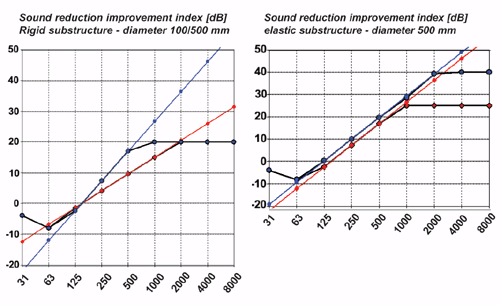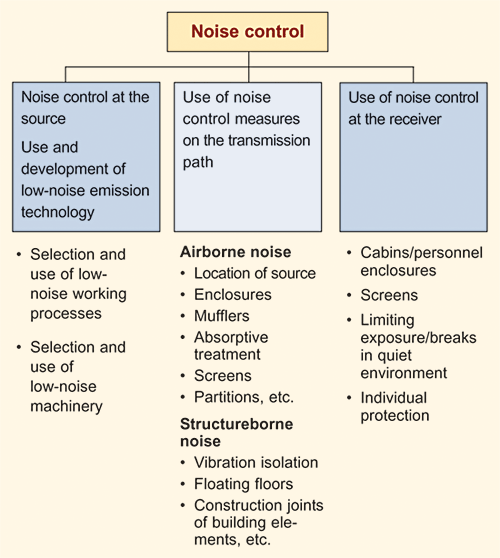3E Plus is a highly promoted and widely distributed computer program used for calculating insulation thickness, energy use, emissions and cost savings for mechanical systems that require insulation. The North American Insulation Manufacturers Association (NAIMA) created the program and recently released Version 4.0. The software is being promoted as a universal tool applicable to all insulation types. This article will address some of the drawbacks to the program, which, if used carefully can be an extremely useful tool; however, as this article will demonstrate, the 3E Plus® insulation thickness program must be modified to avoid generating misleading and erroneous information.
ASTM Standards
Listed below are some of the disclaimers published in the material standards of ASTM International (originally known as the American Society for Testing and Materials). Their message is clear: the properties listed in these standards are to be used for material specifications and not as design values for engineering purposes.
- “This standard is designed as a material specification, not a design document.” (ASTM C591-01)
- “The values stated? may not always be appropriate as design values. For specific design recommendations using a particular product and for supporting documentation, consult the manufacturer.”(ASTM C534-03)
- “Thermal conductivity tests shall be used for classification purposes only.”(ASTM C 1126)
- “Note that the apparent thermal conductivity requirements in the table are based on samples tested under the conditions specified in 12.1.2. These are comparative values for establishing specification compliance. They do not represent the installed performance of the insulation under use conditions differing substantially from the test conditions.”(ASTM C533-04 and C552-03)
Despite these disclaimers, the default thermal conductivity values used for insulation listed in 3E Plus are taken directly out of ASTM material standards. The thermal conductivity values listed in the standards represent the maximum acceptable value of any given sample of a particular insulation as manufactured. Therefore, the use of the ASTM maximum thermal conductivity values in the 3E Plus program can lead to results that call for larger insulation thickness (in some cases more than 1 inch greater) than is really needed. Users need to know and remember to first load the manufacturer’s recommended design values, which represent the actual properties of a particular product as an average as opposed to an entire group of samples.
Could Some Insulation Materials Gain Unfair Advantage?
Users might assume that using the software will “level the playing field” for different types of insulation materials, but that is not the case. For example, the cost of closed-cell insulation is usually significantly higher than fibrous insulation. Any computer program that recommends greater-than-necessary insulation thickness will have the unintended result of widening the cost disparity in comparing alternative systems.
Consider, for example, a 6-inch line operating at 25 F (-4 C) with an 80 F (27 C) ambient temperature, 80 percent relative humidity, and 2 mph wind. Using the default thermal curve contained in 3E Plus for “Cellular Glass Pipe C552-00 Gr 2,” the resulting data indicates 2-inch thick cellular glass pipe insulation (with metal jacket) is required to prevent condensation in these conditions. If the manufacturer’s design values for cellular glass insulation are used, the results indicate 1½-inch thick cellular glass is needed to prevent condensation. The extra ½ inch called for when using a thermal curve generated from ASTM maximum K values represents a 30-percent increase in the material cost of the insulation system. In an ideal world, the increased insulation thickness is a positive: the system will be more efficient and will be protected from condensation in more extreme conditions than it was designed to endure. However in the real world of value engineering, tight budgets and competitive pressures, the extra half-inch thickness is more likely to get a particular product eliminated from the project.
As another example, consider a 16-inch chilled water line operating at 40 F (4 C) with an ambient temperature of 90 F (32 C), 80 percent relative humidity, and 2 mph wind. According to 3E Plus Version 4.0, 1½-inch thick polyisocyanurate (PIR)—with all-service jacketing—is required to prevent condensation in these operating conditions; yet at least one manufacturer’s literature recommends 1-inch thick PIR for these conditions. In this case, using the 3E Plus data would eliminate PIR from consideration on any projects that require ASTM E 84 25/50 flame spread/smoke development surface burning characteristics, since PIR systems are currently limited to a maximum of 1-inch thick when ASTM E 84 25/50 is a project requirement.
Solution: Place Design Values in the Program
One solution is for users to enter the manufacturer’s recommended design values in the program at the beginning. However, this can be time consuming and requires each user to take the initiative to obtain the design values from each insulation manufacturer and enter them in the program.
In order for a user to insert the design values, the following steps are required for every insulation material added to the program:
- Open 3E Plus Version 4.0 and click on the “Options” tab.
- Click on the “Insulation Materials Maintenance” tab.
- Click on “Add” to insert a new insulation into the program.
- Enter the name of the new insulation material.
- Enter the material’s maximum-use temperature in the”Max Temp (°F)” box and the minimum use temperature in the “Min Temp (°F)” box.
- Click the down arrow in the “Active” box and select “True.”
- Click the down arrow in the “Generic” box and select the generic material type.
- Select either “Paired Data” or “Polynomial Constants” in the “Conductivity Data Type” box, as indicated by the manufacturer.
- Enter the data from the manufacturer, then click “Apply.” The new material will be added to the bottom of the program’s material list.
Currently, users who download the program directly from the NAIMA website see no indication that they need to contact insulation manufacturers for recommended design thermal conductivity values. The program does not state that the default thermal curves may not be in agreement with the manufacturers’ recommendations. An enhancement for future versions would be to include manufacturer’s design values from the start. At least one engineer interviewed for this article observed “?it is unlikely that engineers will take the time to modify the program. Engineers will expect the program to be correct out of the box and will use it that way.” At the very least, a note in the download instructions (or somewhere else in the program) should warn users that insulation manufacturer’s recommendations may differ from the results of the 3E Plus program, and they should consult the manufacturer for design information.
Instructors of the National Insulation Association (NIA) 3E Plus training classes do inform students that they should contact manufacturers to get the best data available on a product. It is unlikely, however, that everyone using the program will take the class.
Other Program Issues
Another issue with 3E Plus is the warnings that appear if the program is run using insulation in conditions outside the manufacturer’s recommended temperature range. In this case, one of the following warnings will appear.
- The insulation has a minimum temperature that is higher than the process temperature. Please use caution.
- The insulation has a maximum temperature that is lower than the process temperature. Please use caution.
Despite issuing a warning, however, the program still will generate values. For example, it will generate a recommended thickness for personnel protection using phenolic foam on a line operating at 1,000 F (537 C) even though the maximum use temperature for the product is 257 F (125 C). The warnings are good and should deter anyone from actually using this data, but it would send a stronger message if the program was designed to prevent such data from being generated.
In addition, 3E Plus generates data for insulation thickness starting at 1/2 inch, increasing by half inches regardless of insulation type or pipe diameter. Some insulation is not available in thickness less than 1 inch, while other insulation, (e.g., elastomeric) is available in 1/4 and 3/4–inch thickness. A possible point of confusion, then, is that the program output will include 1/2-inch and 1-inch thickness for cellular glass insulation on a 36-inch diameter line, even though the manufacturer’s minimum recommended thickness at this diameter will be 1½ inches.
Finally, the examples of 3E Plus issues related to cellular glass, elastomeric, PIR and phenolic foam insulation discussed in this article may indicate that similar or other issues exist with other products such as polystyrene, perlite, calcium silicate, etc. 3E Plus users should contact the respective manufacturers for verification of their product’s design values.
Conclusion and Recommendations for Future Versions of 3E Plus
Although 3E Plus is potentially one of the most valuable tools recently developed in the insulation industry, the new Version 4.0 does not address these issues or potentially other important product issues. Those taking the NIA software training courses will be informed about how to customize the program and enter thermal curves with the manufacturer’s data. A better solution, though, would be for the software to include manufacturer’s design thermal conductivity values. That, along with the other modifications suggested above, could greatly improve the 3E Plus program and provide users more accurate and cost-effective insulation recommendations.


